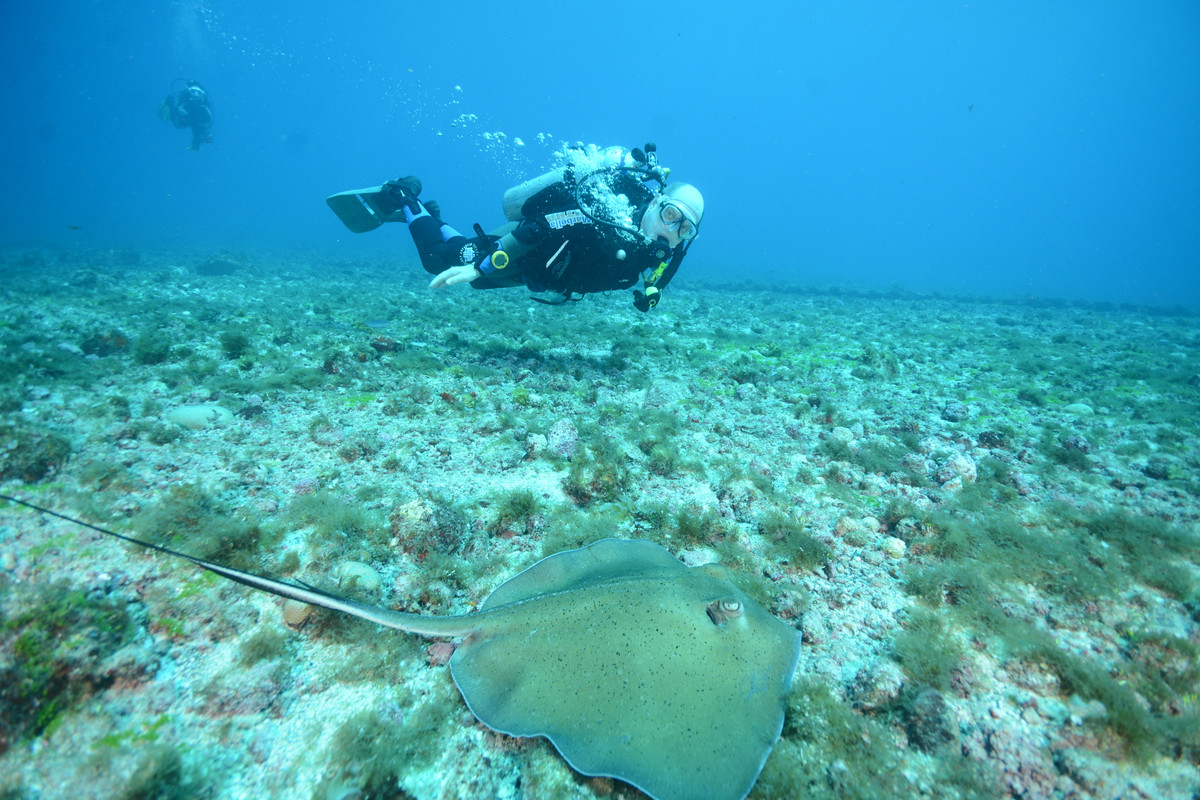When there are incedents like this, it makes you question how things are done and the reasoning behind it. The numbers still need to add up though. What has the least, bad outcomes? Donating the primary and using the bungeed secondary, or donating/OOA diver taking the secondary (octopus)? Should there be a difference between follow the leader holiday diving and what is used in technical diving? You have made a convincing case for primary donate though.The obvious solution is to put the alternate on a bungee and have it hang below your chin. You donate your primary and take the alternate, as you would with an Air II. That is standard for tech divers. I was using that for tech gear but still using the standard alternate for recreational dives when I read about a woman who drowned when she went OOA and went to her buddy for his alternate, only to find that it had come loose and was dangling somewhere behind him.
Going back a few years. Buddy breathing stopped being taught as it was shown to have worse outcomes than donating an octopus.






 (scroll down further in the list, lol)
(scroll down further in the list, lol)